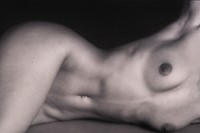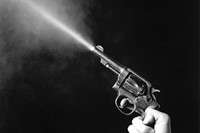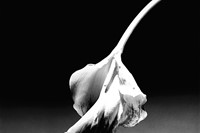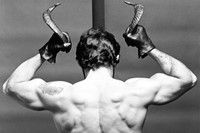To celebrate the release of a new book on Robert Mapplethorpe, AnOther considers the legendary photographer’s most important muses
Robert Mapplethorpe is one of those photographers it's almost impossible to grow tired of, his pictures so full of contradictions and nuances that one can return to them again and again and always discover something new. And now a brilliant new anthology of essays on the lauded imagemaker, by Italian art historian and critic Germano Celant, who has been writing about Mapplethorpe on and off since 1977, has provided us with the welcome opportunity to delve back into his monochrome world. The text is interwoven with a beautiful selection of images, offering a thoughtfully compiled cross-section of Mapplethorpe’s oeuvre, including many of the intimate, often explicit portraits for which he was perhaps best renowned. Here, in celebration of the book and of the great man himself, we consider four of Mapplethorpe's most influential muses and the ways in which they inspired him.

Patti Smith
American singer-songwriter Patti Smith was one of Mapplethorpe’s most important muses. Smith grew up in Philadelphia in a strongly religious household, but she rejected her family's beliefs and moved to New York as soon as she had finished college, in 1967. It was here that she met Mapplethorpe when they were both 21 years old. Initially friends, they soon became lovers and moved into the Chelsea Hotel together. As a duo they delved into New York’s nocturnal cultural milieu, with its interweaving of hardcore music, leather and violence. Exposure to this scene helped cultivate Mapplethorpe’s interest in the themes of homosexuality, gender and sadomasochism, which he would continue to explore throughout his artistic career. The Chelsea Hotel era was an explorative time for them both. Their relationship was intense and tumultuous; as Mapplethorpe struggled with his own sexuality, Smith developed her music, and they both endured periods of poverty. Smith was his only romantic affair with a woman. "With her, the attraction to a woman worked," he later said. His fervour for Smith is suggested through the many compelling photographs that he took of her; portraits which truly seem to express her essence. "Patti was an unbelievable subject," Mapplethorpe once reflected. "There were so many sides to her, so many aspects that changed my world vision."
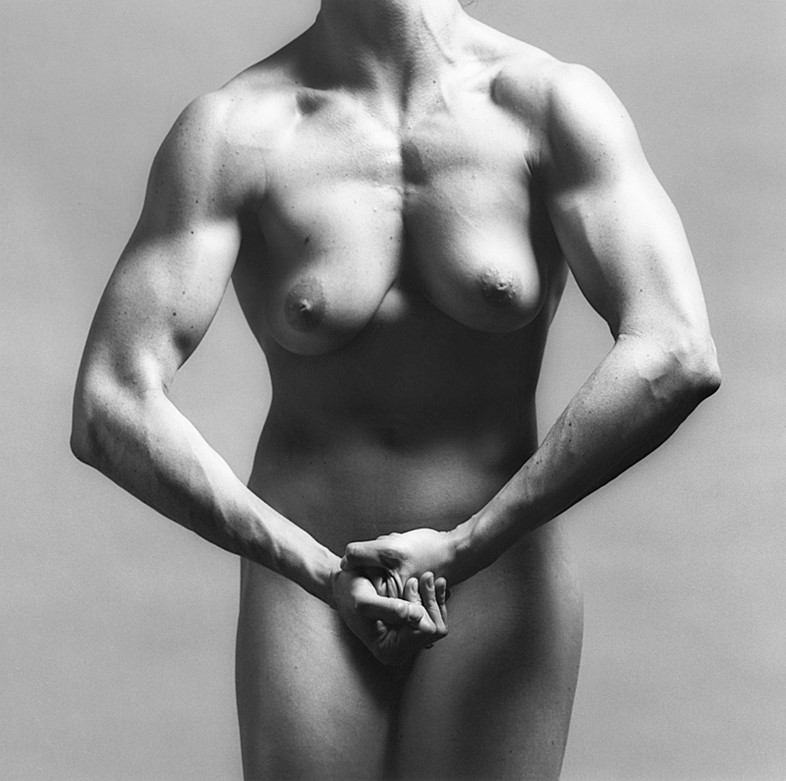
Lisa Lyon
Lisa Lyon was the first World Women’s Bodybuilding champion. Mapplethorpe met her in 1980, and over the next few years they collaborated on several artistic projects including a film, a series of portraits, and, notably, the book Lady, Lisa Lyon. She and Patti Smith were certainly the two most important female muses for Mapplethorpe; his heroines, even. Lyon played an integral part in Mapplethorpe’s exploration of themes such as classical art and its stylization, sexuality, anatomy, and gender. He was fascinated by the way in which Lyon's muscular body defied traditional conceptions of what a female body ‘should’ look like. "When I first saw her undraped it was hard to believe that this fine girl should have this form." But despite his patent interest in her physical aesthetic, Mapplethorpe’s images of Lyon resist objectifying her. He said: "My relationship with Lisa is not just her body […] I’m just as interested in her head as I am in her body." Indeed his intimate portraits of the bodybuilder are delicate studies of the enigmatic interplay between strength and vulnerability, disguise and identity, masculinity and femininity.
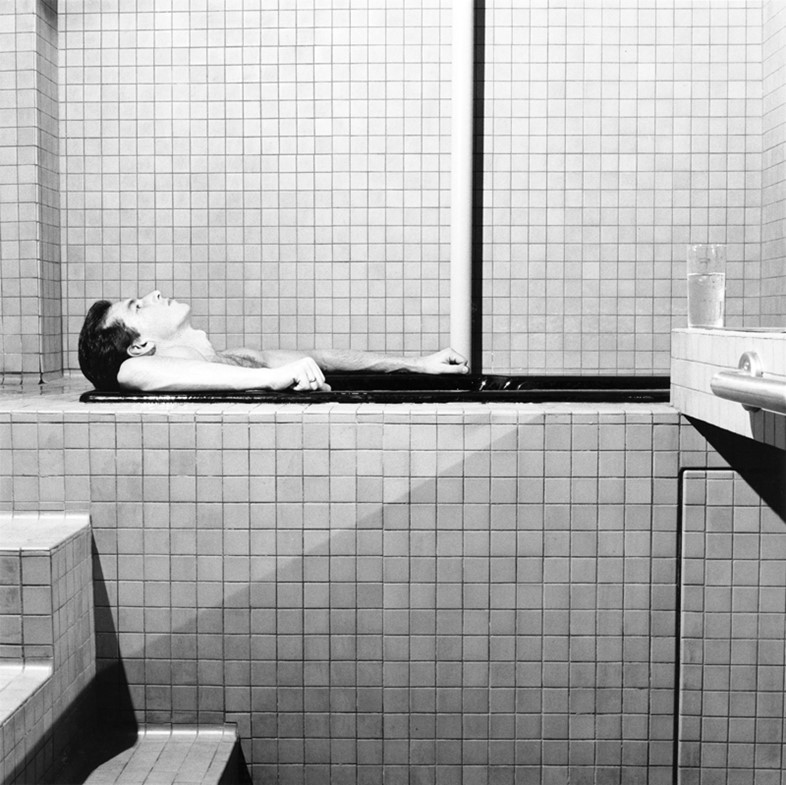
Sam Wagstaff
American art collector and curator, Sam Wagstaff was a benefactor and mentor to Mapplethorpe, as well as his long term lover. He was Mapplethorpe’s senior by 25 years and, after meeting him in New York in 1972, helped to propel the young photographer’s career into the stratosphere. This was largely down to Wagstaff’s role in transforming the art market’s conception of photography, championing its merit as an art form. His aesthetic predilection for photography was twinned with his fascination in Mapplethorpe’s work as well as the figure of Mapplethorpe himself, whom he loved unceasingly, despite Mapplethorpe’s increasing promiscuity. The extent of Wagstaff's love for his protégée was made unequivocally clear when, on his death-bed, he told Pati Smith, "I have only loved three things in my life. Robert, my mother, and art." The full measure of Wagstaff's love was not returned to him, however, and so the many tender and intimate photographs that Mapplethorpe took of him are tinged with poignancy.
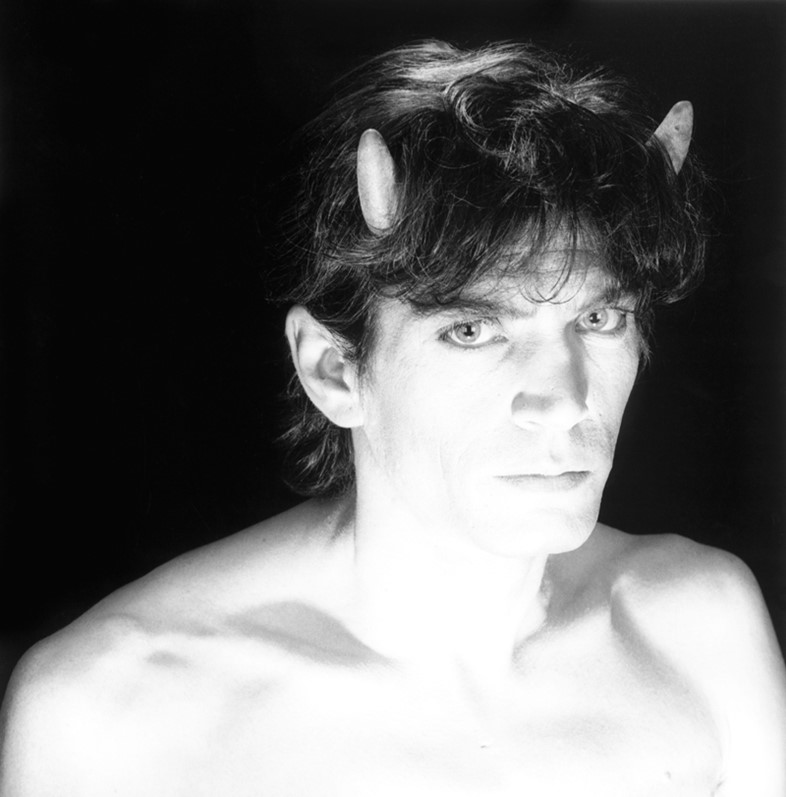
Mapplethorpe
In many ways Mapplethorpe can also be considered his own muse, self-portraits playing an important role within his oeuvre right from the start. He used the camera as a mirror –a vehicle with which to reflect and explore himself, and self-portraiture as a means of establishing himself as a presence, not merely a shadow behind the camera. Sunsan Sontag explained that he took self-portraits to demonstrate his own confidence: "I once asked Mapplethorpe what he does with himself when he poses for the camera, and he replied that he tries to find that part of himself that is self-confident." And indeed, the majority of his self-portraits demonstrate a compelling strength, albeit one underscored with tenderness and emotion as per Mapplethorpe's fondness for juxtaposition.
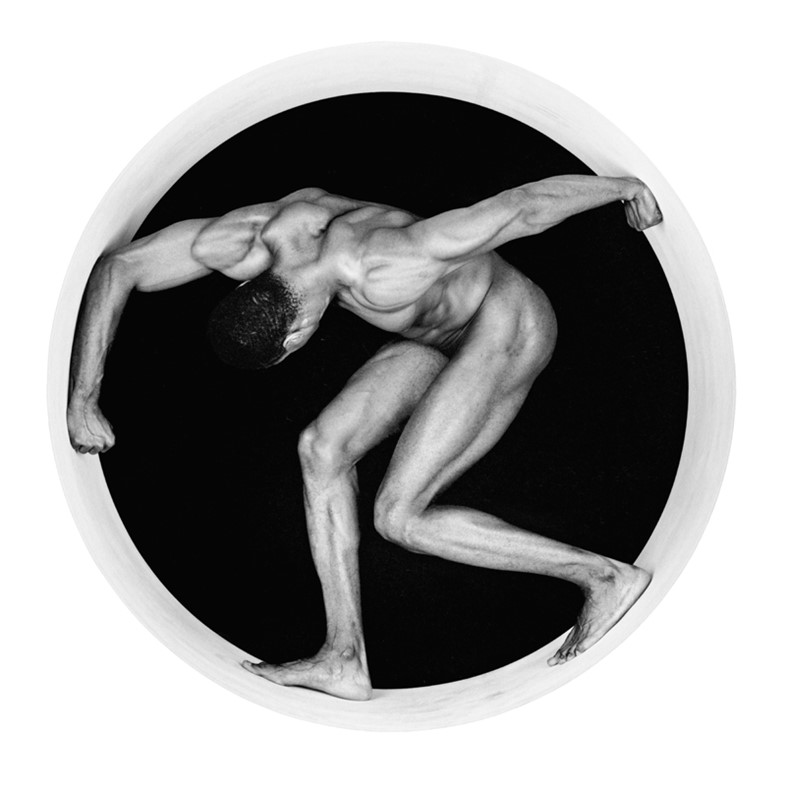
Robert Mapplethorpe: The Nymph Photography by Germano Celant is out now, published by Skira.
Words by Arabella Noortman

